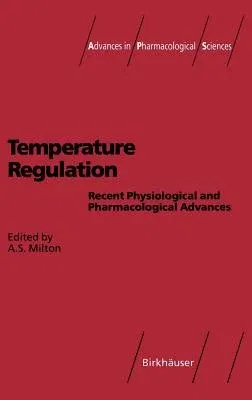Many advances have been made in the field of thermoregulation in the
past few years. These include our understanding of Fever, which is now
considered not simply a rise in deep body temperature foHowing
infection, but just one aspect, though perhaps the most easily measured,
of the Acute Phase of the Immune Response. Classification and
identification of the Cytokines and the availability of recombinant
material has greatly aided this research. Similarly, our understanding
of the Hypothalamo-Pituitary Adrenal Axis has altered our way of
thinking about temperature regulation. Of importance are the problems
associated with adverse climatic conditions and survival, and the
problems encountered by the neonate and the hibernator. At the
biochemical level, our knowledge of the control of heat production and
the role of brown adipose tissue is rapidly advancing. All these issues
and many others were discussed at a Symposium 'Thermal Physiology 1993'
held in Aberdeen, Scotland in August 1993 under the auspices of the
Thermal Physiology Commission of the International Union of
Physiological Sciences. Six main aspects of the subject of temperature
regulation are included in this book, namely, Fever (including the Acute
Phase of the Immune Response and Thermoregulatory Peptides),
Neurophysiology of Thermoregulation, Neonatal Thermoregulation,
Mechanisms of Heat Production, Ecological and Behavioural
Thermoregulation, and Emerging Themes in Thermoregulation.

